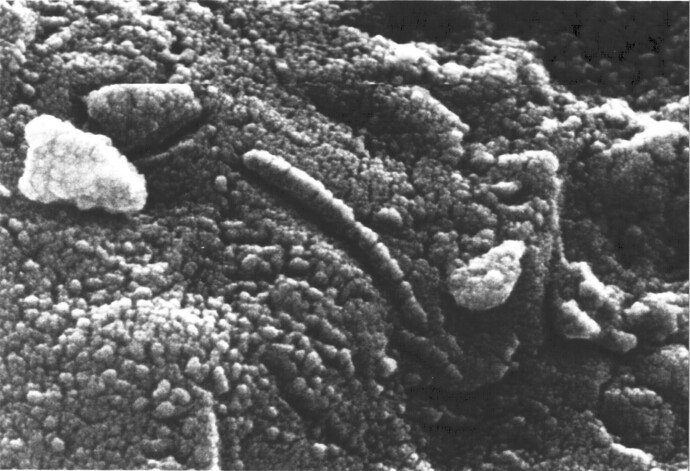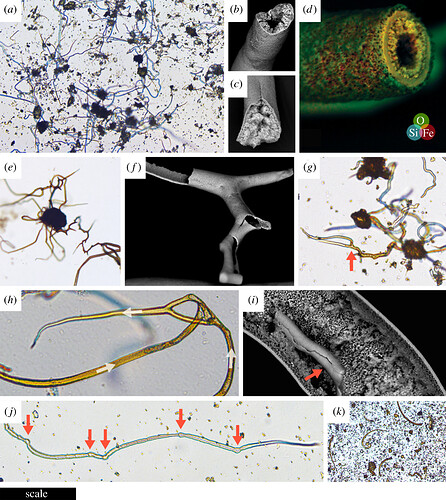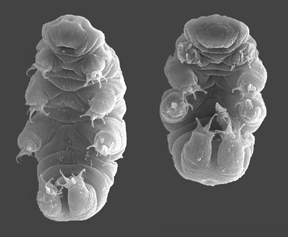I am also a very slow reader and I have no idea how people read so many books in a year when I haven’t finished a book in,… well, never mind that but it is good to know I’m not alone here…
Agreed w/ the discussion of nature vs human and it reminds me of these articles I came across discussing the establishing of the American national park system? And the ideal of “untouched nature” and the subsequent kicking Native Americans off of land to form parks partly in pursuit of this ideal but probably mostly because of racism but this is a topic for another time…
Yeah, I too liked the discussion of pattern and form and how pattern is through perceived (but not necessarily exact) repetition because that’s what I’m after with so many of my tunes and why I like working in live coding systems and not DAWs because with live coding systems you’re able to get repetition but program bits in that things don’t exactly repeat the same each time and play around with that and it makes the repetition slightly less monotonous and more “organic” feeling (although produced by machine!).
I get what the author means by form being “an individual affair” as to distinguish it from being a bunch of similar sorta things compared to each other, but in a way, form isn’t quite so individual? At least I guess from my music background thinking about form, there’s often elements contained within the form that are compared to each other that gives a form a sense of organization (although these elements don’t have to be repeated)? And I suppose form is always defined in relation to something,… not-form but I guess in a way this like describing what “up” is in relation to “down”.
All this discussion of patterns appearing nature because of physical forces and what not reminds me of composers (sorry to put on the music hat again but I did go through a lot of music school) interested in chance and aleatoric processes. Like with John Cage tossing coins, using the I Ching, using transparent sheets with things printed on them layered on top of each other, using star charts,… and Iannis Xenakis using all these mathematical MODELS (to tie it into the reading hah) of natural phenomenon like the movement of gas particles and what not… in a way all these composers thought (at least to me they thought), why am I the human making all the decisions when there’s are systems in nature giving ram horns spiral shapes and giving these viruses depicted in the chapter such regular forms and giving rise to all these forms living and non-living? What makes me think that I can do better than that?
Yeah, the knock against complex systems was weird and also something I wanna read more about and hopefully I’ll get a chance to read about it here hint hint and also reminds me of a few essays from Lewis Thomas’s Lives of a Cell? Namely the titular essay where he talks about how our inseperableness (is that a word) from nature and how we are just a collection of parts at various levels of organization and how the earth in a way reminds him a cell. And also On Societies as Organisms from the same book which describes the emergent behavior of various creatures such as ants making hills, birds and fish flocking, etc. Thinking about all of our connections and interactions and how we are components of larger networks and systems living and non-living is something I get lost in thought about every now and then…
I guess live coding can be generative? I mean, there are various degrees of which we can cede control to the computer and let it do its thing and sometimes these automated processes can allow us nudging it along various paths as we react to its output but maybe also generative art has its own particular meaning these days? like ML-generated sorta things that you just kinda have to let chug along.




